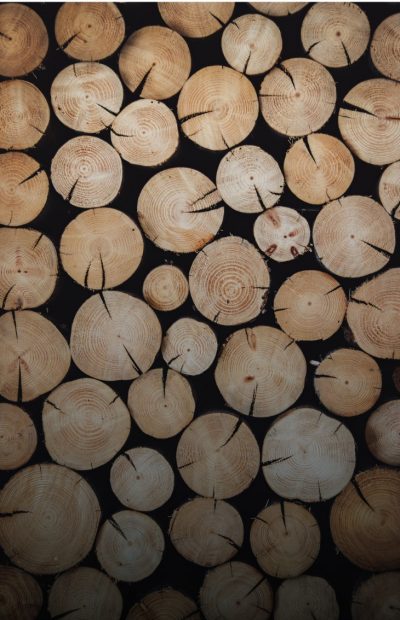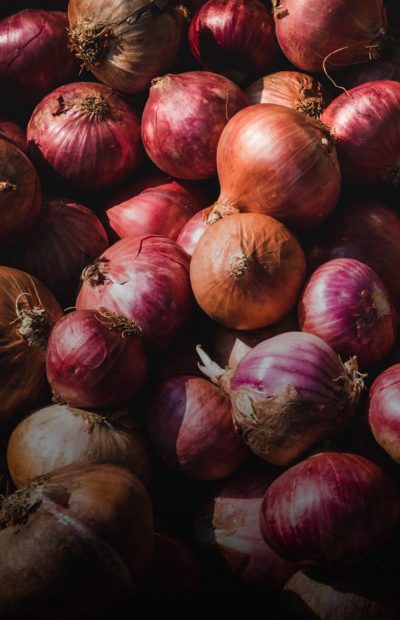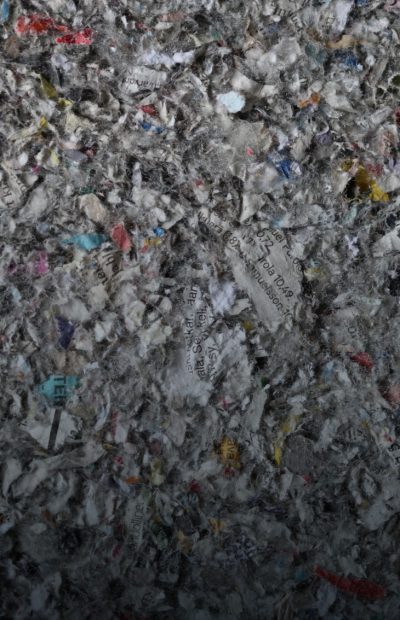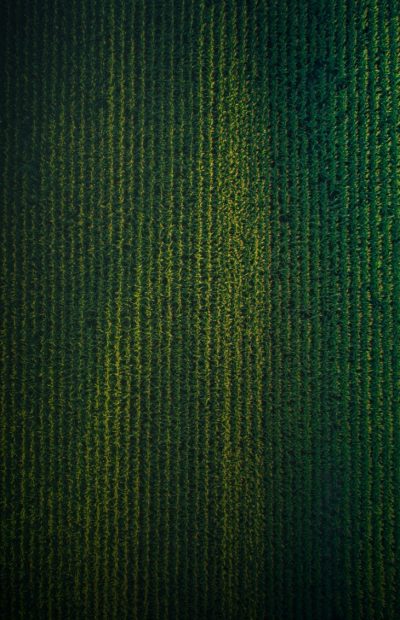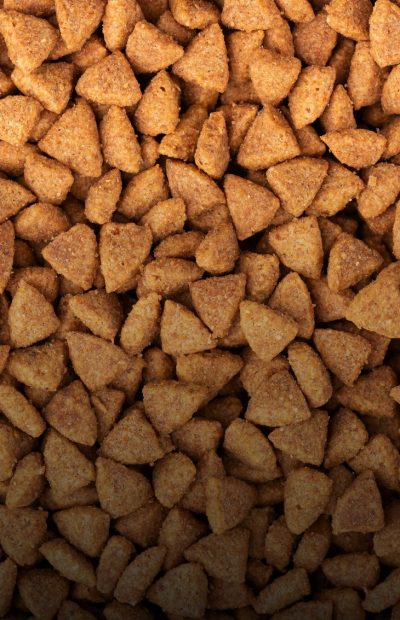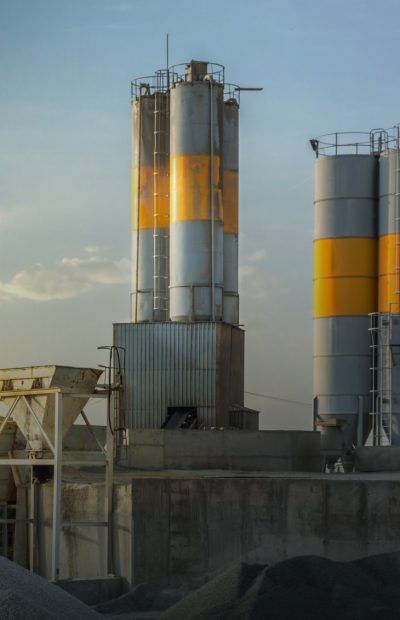Drying of Agricultural Products – Efficiency for Harvest, Residues & Biomass
Increased Value from Agricultural Products

Large quantities of biomass accumulate in agriculture and forestry: from slurry and wood chips to field crops and medicinal plants. These raw materials have enormous potential – as fertilizer, fuel, food ingredients, or industrial raw materials. Drying is the basis for this value creation. Hans Binder offers modular, energy-efficient solutions precisely tailored to the respective requirements – whether in the field, in forestry, or in biogas plants.
Unbeatable Advantages at a Glance:
Energy-Efficient Systems
Waste heat utilization from biogas, industry, or processes reduces operating costs.
High-Quality Feed
Targeted drying ensures nutrient-rich, storable feed.
Processing Harvested Products
Gentle drying increases shelf life. Vitamins and aroma are preserved.
Optimal
Residual Moisture
Precise drying for consistent quality and storage stability.
Agriculture
Sustainable Processing of Agricultural Products
Hans Binder supplies customized drying systems for agriculture – from feed drying to the processing of harvested products.


Processing of Plants, Flowers, and Seeds
Luzerne (Alfalfa), Hemp (Cannabis), and similar raw materials are gently and uniformly dried.

Drying of Food-Grade Agricultural Raw Materials
Hops and herbs are dried while preserving vitamins and aroma – a powerful alternative to kilns or underfloor ventilation systems.

Transforming Waste into Valuable Resources
Chicken manure and similar residues are dried, sanitized, and processed into pellets.

Processing of Harvested Products for Commercialization
Apples, onions, or pumpkin seeds are prepared directly on the farm for sale.

Hay Drying for Hay Milk Production
Fresh grass, chopped corn, and grain are gently dried into high-quality feed.

Feed Production from Corn Grain and Cereals
Optimal Drying for Storable, Nutrient-Rich Feed.

Litter Production for Animal Husbandry
Digestate, wood shavings, or sawdust are processed into hygienic, dry litter.

Drying of Residues from Food Production
Pomace, spent grains, or fruit waste are processed for further use.
Forestry
Gentle Management of Renewable Resources
In forestry, the complete utilization of wood is a central goal. Many parts of a tree can only be used if they are properly dried.

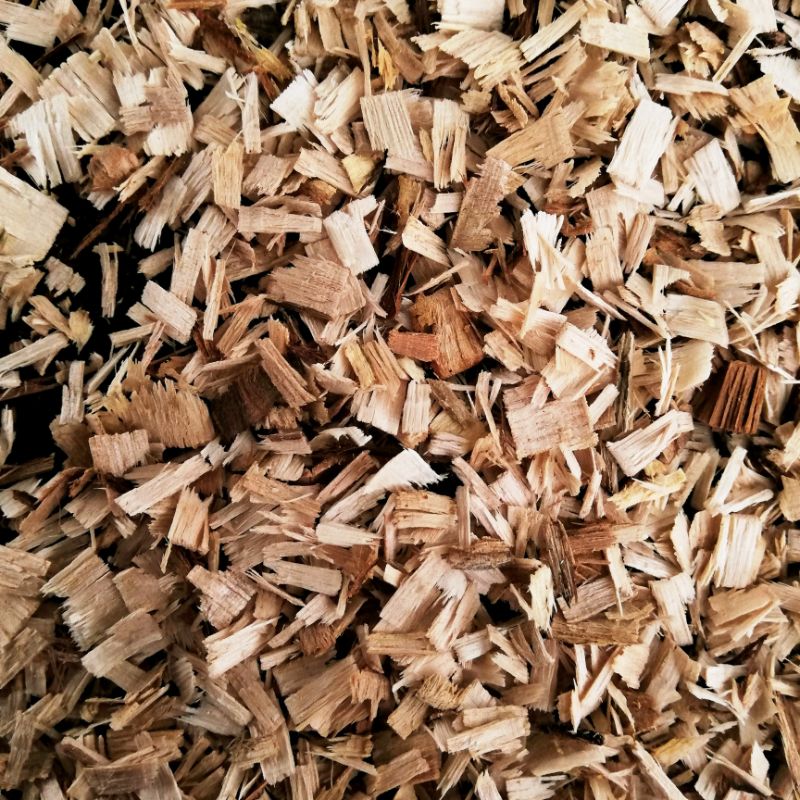
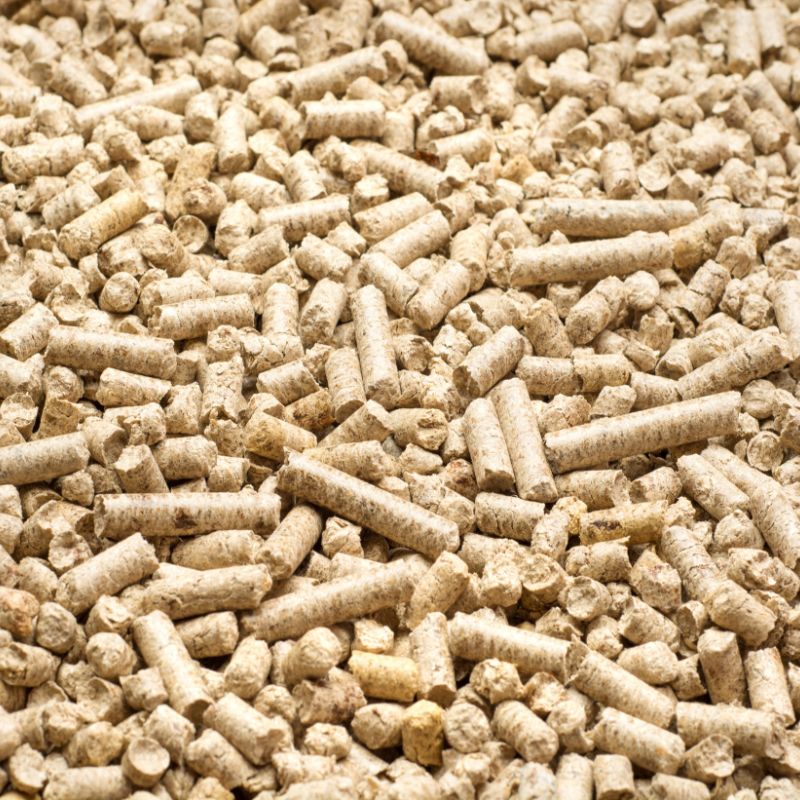
Application Examples:
- Drying of Wood Chips for Direct Combustion
- Drying of Tree Cuttings and Bark
- Preparation of Wood Chips for Gasification or Carbonization
- Production of Flaker Chips for Wood-Based Materials
- Sawdust Drying for Pellets or Briquettes
Biogas Plants
Efficiency Enhancement through Waste Heat Utilization
Biogas plants offer enormous potential, not only to generate gas but also to optimally utilize by-products. With precisely tailored drying systems, the entire process becomes more economical.

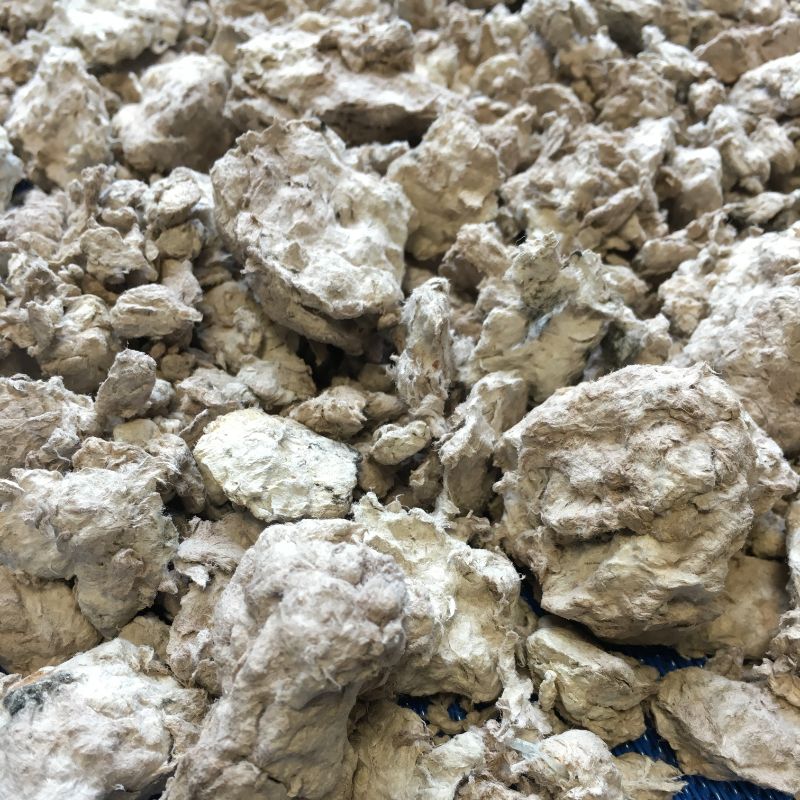
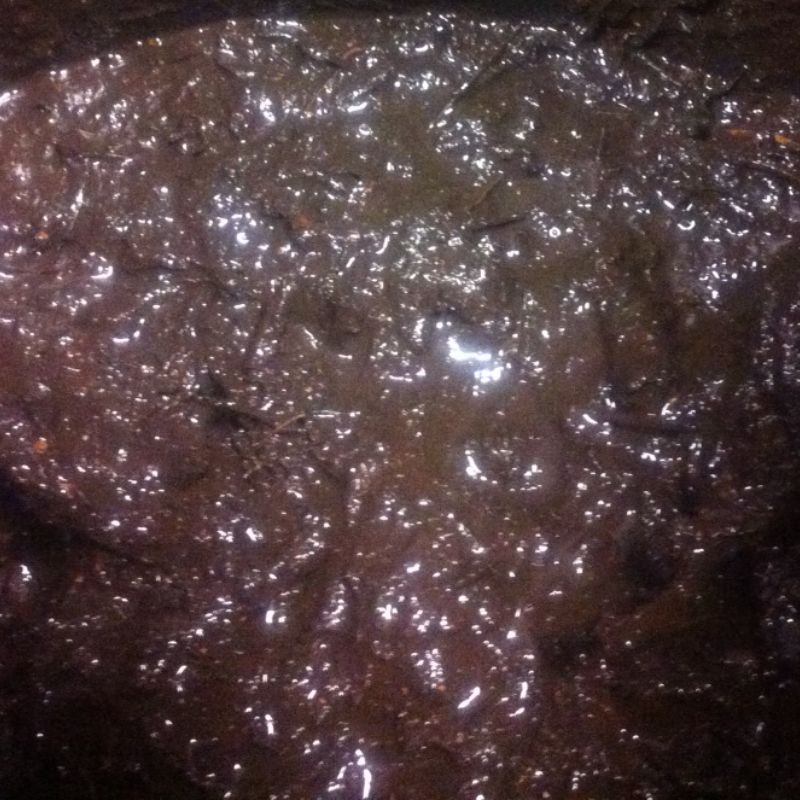
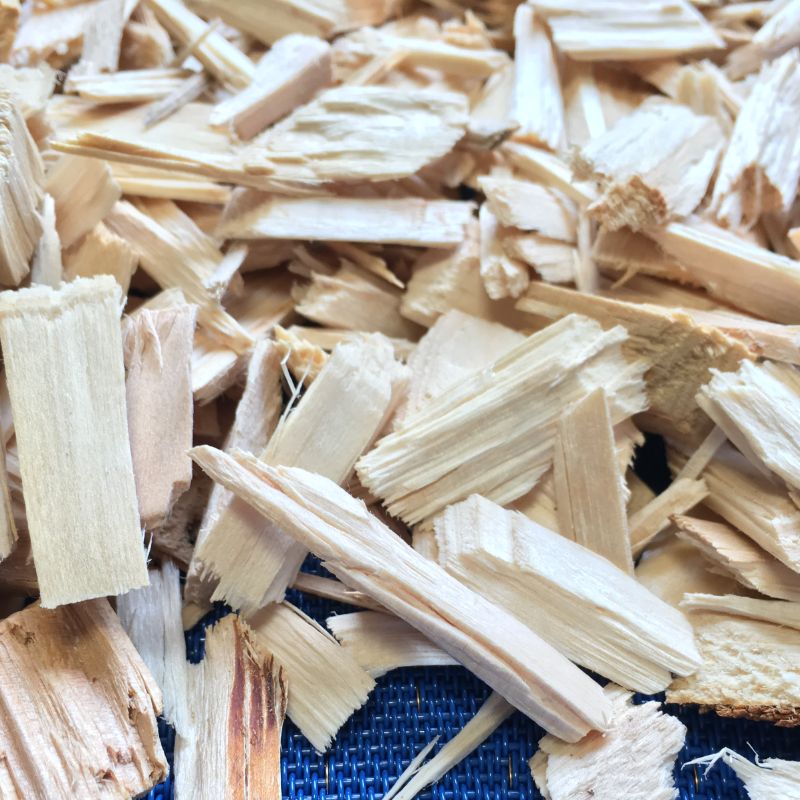
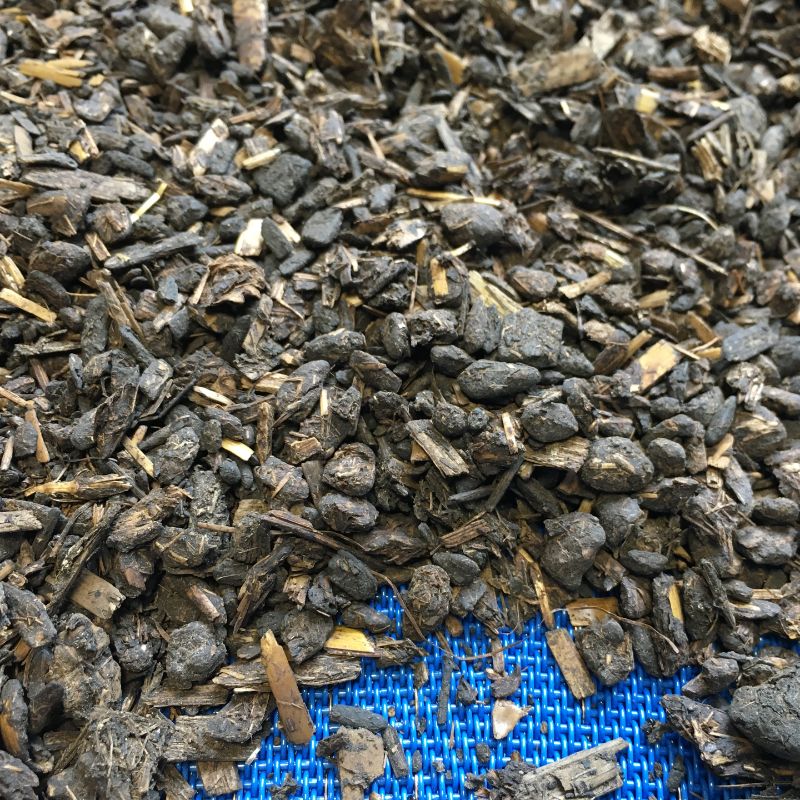
Application Examples:
- Drying of Liquid or Separated Digestate into Storable Fertilizer
- Processing of Digestate into Fertilizer, Litter, or Fuel
- Utilization of Biogas Plant Waste Heat for Drying
- Integration into Existing Energy and Production Systems
- Drying of Agricultural Residues and Wood Waste for Maximum Value Creation
Technology & Processes
Innovative drying,
modularly adaptable
For drying agricultural products, Hans Binder relies on container belt dryers that can be flexibly installed on any site. The modular systems are weather-resistant, expandable, and can be operated with waste heat from biogas plants or industrial processes.

Other Application Areas:
FAQ – Drying of agricultural products
Solid and liquid digestate, compost, fertilizers, alfalfa, hemp, medicinal plants, grain, forage crops, wood chips, and sawdust, all pourable and free-flowing products
Waste heat is utilized efficiently, and by-products such as digestate are processed into marketable products.
Typically, digestate is dried to approximately 85% dry matter (i.e., 15% residual moisture). Agricultural products are mostly dried to approximately 13-8% residual moisture. The residence time of the dried product, and thus the residual moisture, is freely adjustable.
Unfortunately, this cannot be answered in this way, as we do not have one dryer, but our drying systems are modular and can therefore cover a huge range of performance. However, our belt dryers are built to meet requirements and can cover a performance range from approx. 100 kg/h to 10 t/h water evaporation per line.
Our belt drying systems are capable of using a variety of heat sources, such as hot water from CHP plants, flue gases from CHP plants, steam, gas, thermal oil, oil, hot air…
In addition, two or more heat sources can be combined to enable optimal energy use.
Yes, our drying systems are designed for continuous operation (24 hours/7 days a week) and run automatically.
No, the drying process runs automatically. Personnel is only required for daily checks (0.5 hours to 1.5 hours) as well as for maintenance and repair work.
No, all our systems are suitable for outdoor installation and can be installed outdoors without an additional building.
Yes, due to the modular design, the systems can be expanded at any time and the throughput rate can be increased.
This cannot be answered generally, as it depends heavily on the dried product and official regulations.
Within a few days – the systems are pre-assembled and immediately ready for operation.
Yes, the modular systems can be flexibly integrated into existing plants and energy sources.

